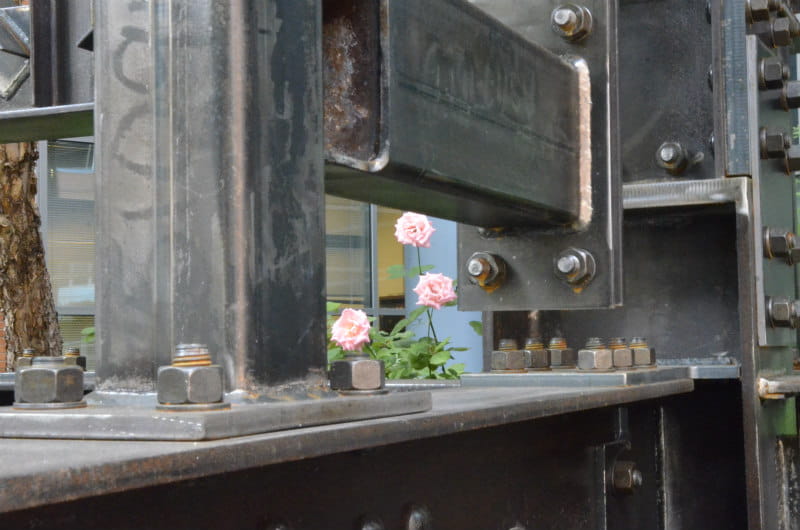
September 27, 2017
The steel teaching sculpture installed outside the Bossone Research Enterprise Center contains all of the members and connections found on any steel building, giving engineering students a hands-on way to visualize what they learn in class.
Read More
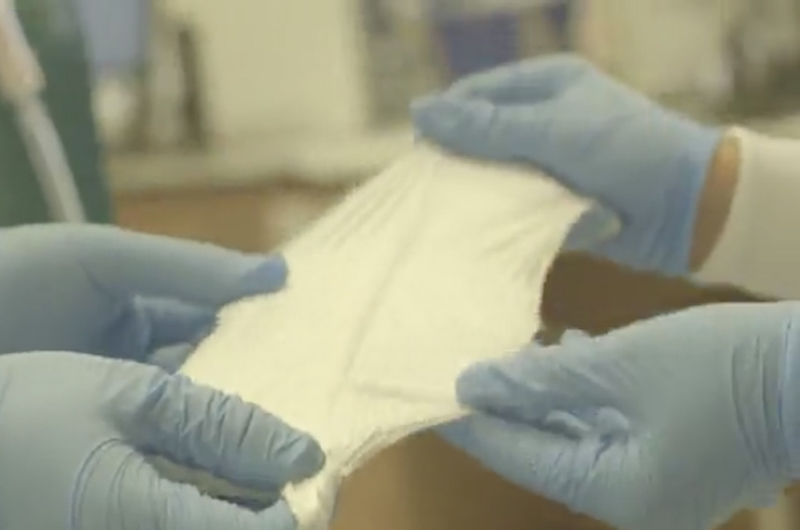
September 26, 2017
A group of Drexel University researchers have created a fabric-like material electrode that could help make energy storage devices — batteries and supercapacitors — faster and less susceptible to leaks or disastrous meltdowns. Their design for a new supercapacitor, which looks something like a furry sponge infused with gelatin, offers a unique alternative to the flammable electrolyte solution that is a common component in these devices.
Read More
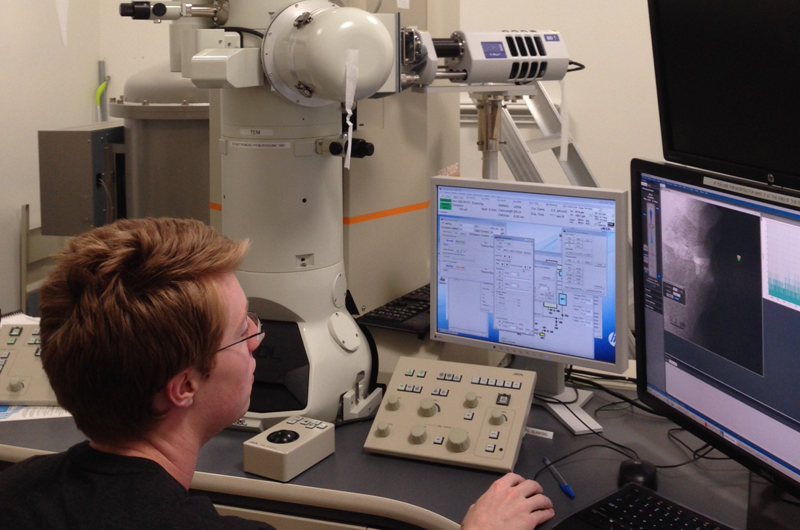
September 21, 2017
At their core, electron microscopes work a lot like a movie projectors. A high-powered beam passes through a material and it projects something — usually something we really want to see — onto a screen on the other side. With most electron microscopes, however, capturing data is like trying to project a movie onto a dirty screen that is too small to see the whole projection. But a new camera technology, developed by researchers at Drexel University, is enabling the microscopes to present a clearer, more complete and detailed look at their featured presentation.
Read More
-
September 20, 2017
Read More
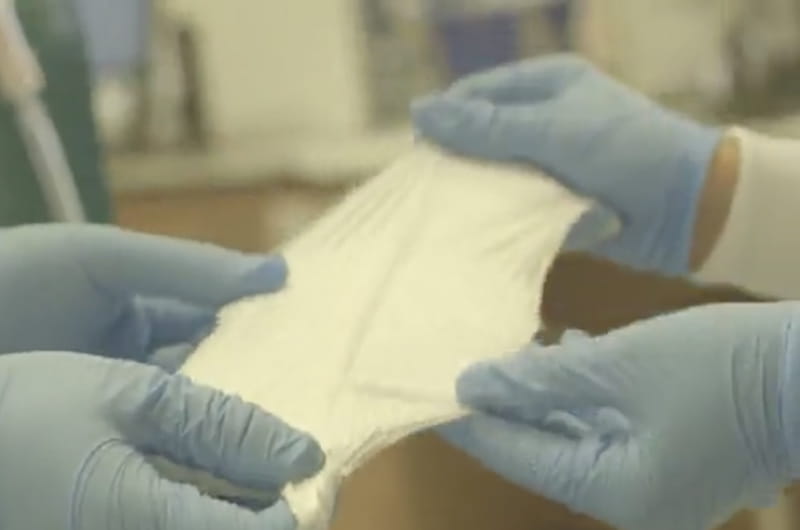
September 20, 2017
A group of Drexel University researchers have created a fabric-like material electrode that could help make energy storage devices — batteries and supercapacitors — faster and less susceptible to leaks or disastrous meltdowns. Their design for a new supercapacitor, which looks something like a furry sponge infused with gelatin, offers a unique alternative to the flammable electrolyte solution that is a common component in these devices.
Read More
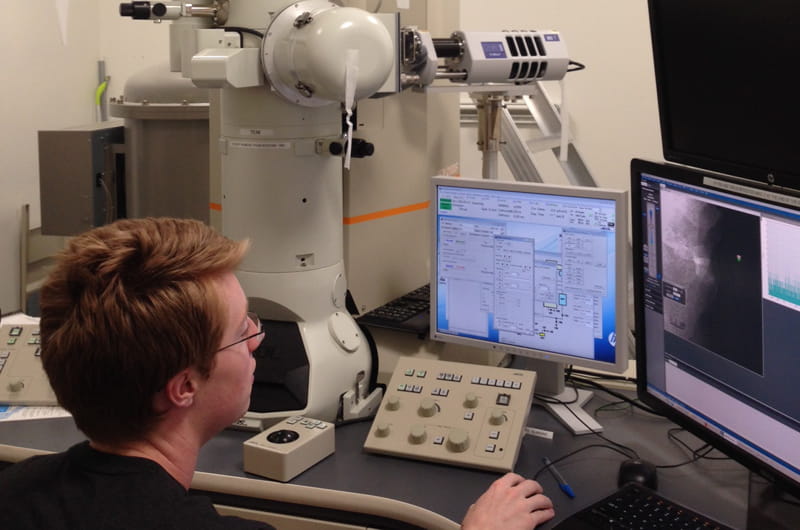
September 19, 2017
At their core, electron microscopes work a lot like a movie projectors. A high-powered beam passes through a material and it projects something — usually something we really want to see — onto a screen on the other side. With most electron microscopes, however, capturing data is like trying to project a movie onto a dirty screen that is too small to see the whole projection. But a new camera technology, developed by researchers at Drexel University, is enabling the microscopes to present a clearer, more complete and detailed look at their featured presentation.
Read More

September 18, 2017
It turns out that when they’re in a hurry and space is limited, ions, like people, will find a way to cram in — even if that means defying nature’s norms. Recently published research from an international team of scientists, including Drexel University’s Yury Gogotsi, PhD, shows that the charged particles will actually forgo their “opposites attract” behavior, called Coulombic ordering, when confined in the tiny pores of a nanomaterial. This discovery could be a pivotal development for energy storage, water treatment and alternative energy production technologies, which all involve ions packing into nanoporous materials.
Read More

September 18, 2017
It turns out that when they’re in a hurry and space is limited, ions, like people, will find a way to cram in — even if that means defying nature’s norms. Recently published research from an international team of scientists, including Drexel University’s Yury Gogotsi, PhD, shows that the charged particles will actually forgo their “opposites attract” behavior, called Coulombic ordering, when confined in the tiny pores of a nanomaterial. This discovery could be a pivotal development for energy storage, water treatment and alternative energy production technologies, which all involve ions packing into nanoporous materials.
Read More
-
September 15, 2017
Dr. Jason Baxter and Dr. Aaron Fafarman were awarded an NSF grant for research titled, "Collaborative Research: SusCHEM: Environmental Sustainability of Lead Perovskite Solar Cells.”
Read More
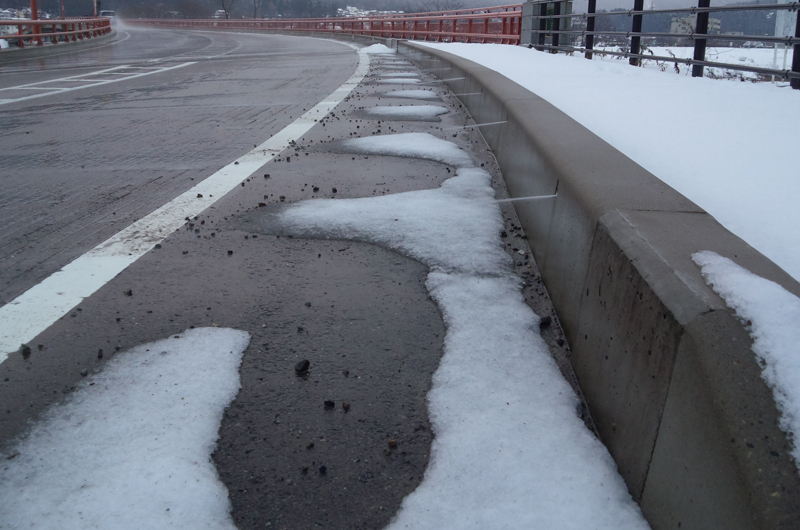
September 15, 2017
In a paper recently published in journal “Cement and Concrete Composites” researchers, led by Yaghoob Farnam, PhD, an assistant professor in Drexel’s College of Engineering, explain how substances like paraffin oil — known as “phase change materials” in chemistry — can be used in concrete to store energy and release it as heat when a road needs a melt-off.
Read More
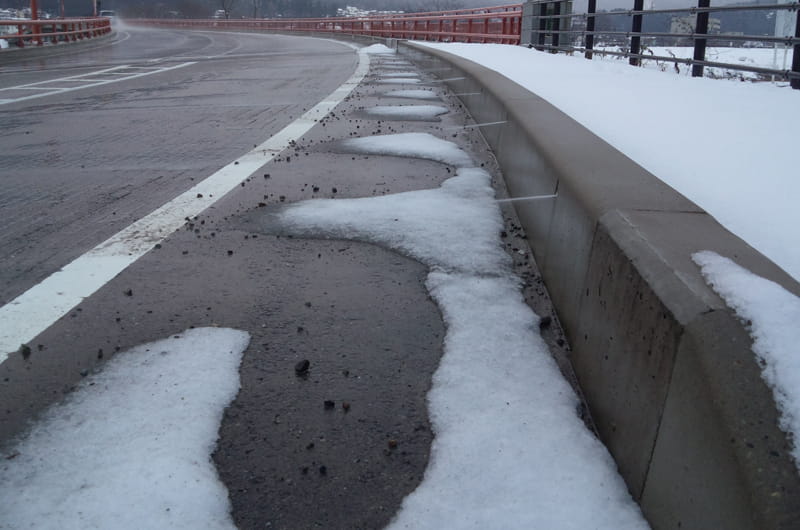
September 13, 2017
Drexel University researchers have made a discovery that could help roads keep themselves free of ice and snow during winter storms. Their secret? — Adding a little paraffin wax to the road’s concrete mix.
Read More

September 12, 2017
Could Philadelphia one day experience catastrophic flooding like Houston’s? Franco Montalto, PhD, a professor in Drexel’s College of Engineering who studies how cities can be better designed to withstand environmental challenges, including those associated with climate change and flooding — suggests that while Philadelphia’s development patterns and climate is very different from that of Houston’s, it has been luck, more than planning, that has kept the city from experiencing a compound flood – one that involves coastal surges and intense precipitation – in recent years.
Read More